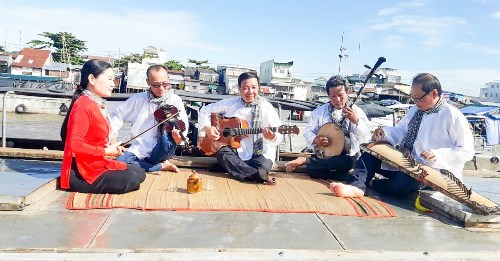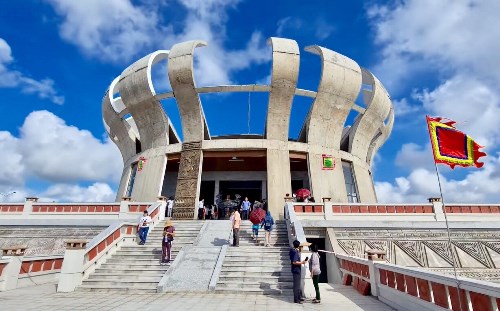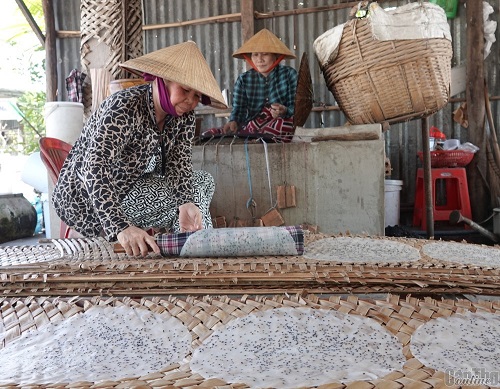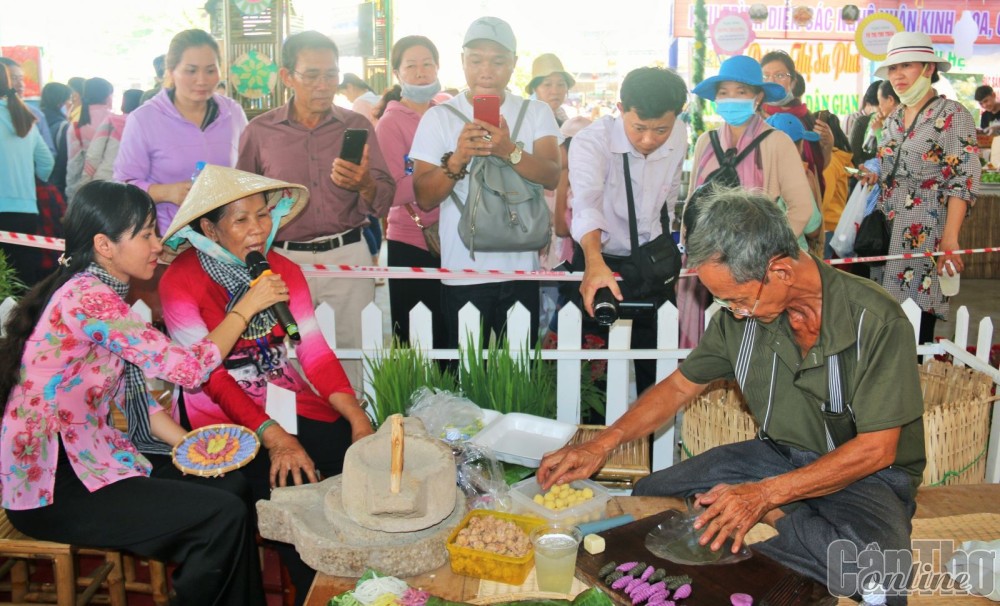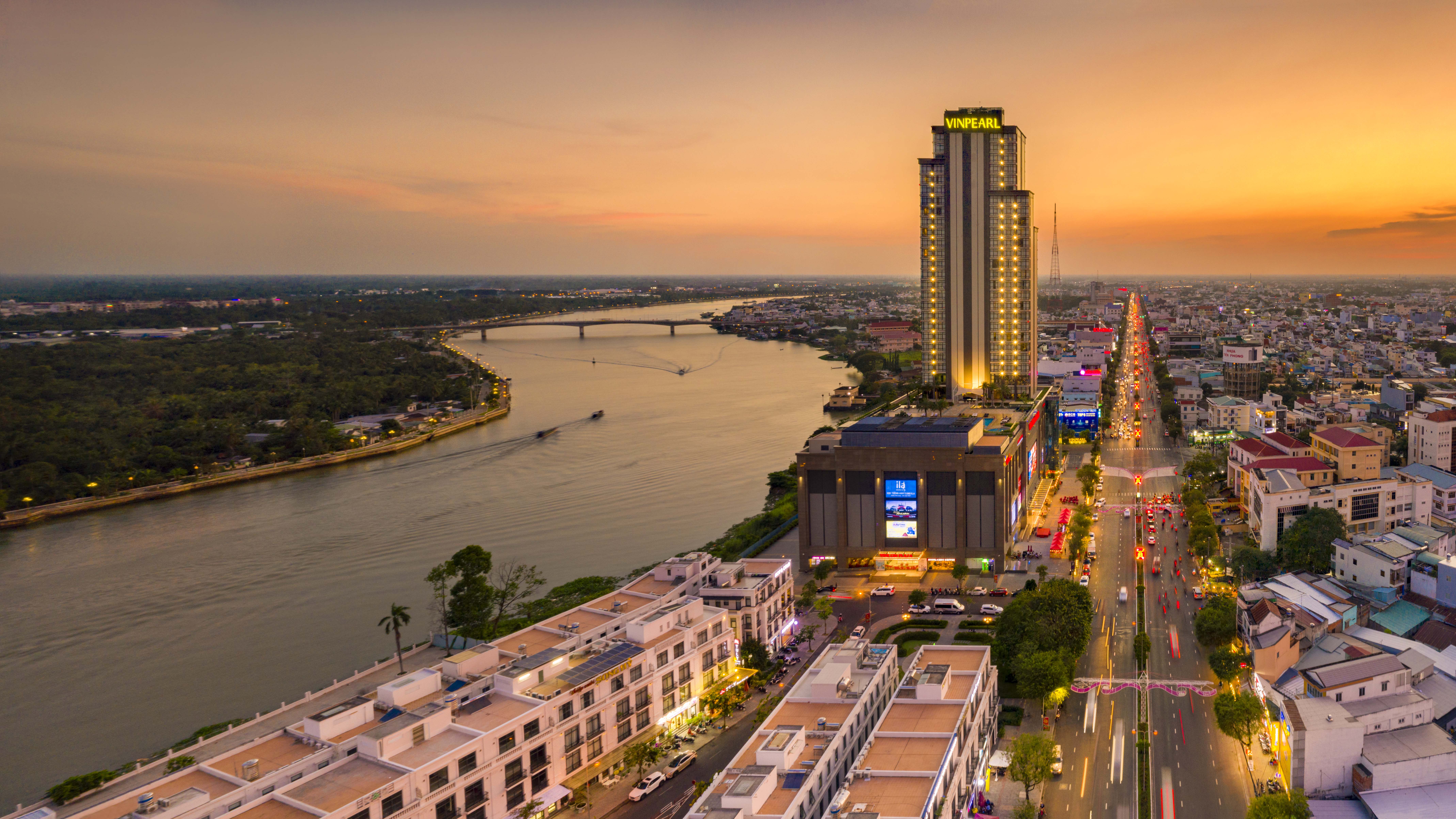
The scope and boundaries of the master plan for Can Tho City include the entire area of Can Tho City with a total natural area of 1,440.40 square kilometers, including 9 administrative units at the district level, of which there are 5 districts (Ninh Kieu, Cai Rang, Binh Thuy, O Mon, Thot Not) and 4 rural districts (Phong Dien, Thoi Lai, Co Do, Vinh Thanh). To the north it borders An Giang, to the south it borders Hau Giang, to the east it borders Dong Thap, and to the west it borders Kien Giang.
In terms of development orientation, the Can Tho City master plan is consistent with the guidelines, orientations and resolutions of the Party and State, in line with the resolutions of the Politburo, National Assembly, Government, ensuring unity, consistency with the overall goals, orientations and national economic and social development strategies, the national green growth and sustainable development strategy; ensuring democracy, compliance, continuity, inheritance, stability, compatibility with the national master plan, sectoral and regional master plans and related plans.
Develop an integrated, modern infrastructure system that meets the needs of socio-economic development in each planning period; focus investment resources on key projects and projects that have a major spillover effect in stimulating city development. Fully mobilize internal and external forces, especially regional linkages and infrastructure connectivity in the Mekong Delta region; develop rapidly, sustainably, comprehensively and evenly in all three fields: economy, culture and society, environment; closely combine socio-economic development with national defense and security assurance.
The overall goal by 2030 is for Can Tho to be the growth pole of the Mekong Delta region; an ecological, civilized and modern city that strongly retains the cultural identity of Tay Do; a center for urban areas, trade and commerce services, tourism, logistics, processing industry, high-tech agriculture, education and training, specialized health care, science and technology, culture, sports of the Mekong Delta region; with an integrated infrastructure system adapted to climate change, meeting regional, inter-regional and international connectivity and transportation requirements.
Specific targets and indicators include average GRDP growth rate from 7.5-8%; per capita GRDP reaches over 220 million VND. The proportion of agriculture, forestry and fisheries in GRDP is about 5.9%, industry and construction is about 35.9%, services and product tax minus product subsidies is about 58.2%. Strong development of digital infrastructure and data infrastructure to create a foundation for national digital transformation, development of digital government, digital economy, digital society; the proportion of the digital economy reaches about 30% of GDP.
Population growth averages about 0.67%/year. Average life expectancy reaches 75 years. The proportion of agricultural labor in total social labor decreases to less than 20%. Minimum number of beds/10,000 people is 55 beds; minimum number of doctors/10,000 people is 20 doctors; minimum proportion of private hospital beds is 15%. Health insurance coverage rate reaches over 95%.
By 2050, Can Tho will be an ecological, civilized, and modern city that strongly retains the cultural identity of the Mekong Delta region's rivers; belong to the group of developed cities in Asia, becoming Vietnam's livable smart city.
Key breakthrough tasks for development include: Strongly innovating the thinking of leadership, management, and administration of local governments and the economic thinking of businesses and people linked to digital transformation based on 3 main pillars (digital economy, digital society, and digital government). Researching, developing, and promulgating mechanisms and policies to mobilize to the maximum extent and enhance the efficiency of all investment resources for socio-economic infrastructure, prioritizing investment in key strategic projects with spillover effects. Attracting and developing human resources, especially high-quality human resources and those in key fields; strengthening linkages with training and research institutions both domestically and internationally to implement development goals. Reorganizing urban space, especially in central districts, to increase land use efficiency; creating land funds to develop key regional areas for health, education, training, culture, sports, tourism, trade, and services.
The master plan outlines development orientations for key industries; socio-economic activity organization schemes; urban and rural territorial organization and planning schemes; functional area planning schemes; infrastructure development schemes; social infrastructure development schemes; environmental protection, biodiversity conservation, resource use and protection, disaster prevention and climate change adaptation schemes.
The master plan also clearly states the list of priority projects for implementation; solutions and resources for implementation; diagrams and maps of the Can Tho City master plan.
Phuong Thao - Translated by Hoang Dat







